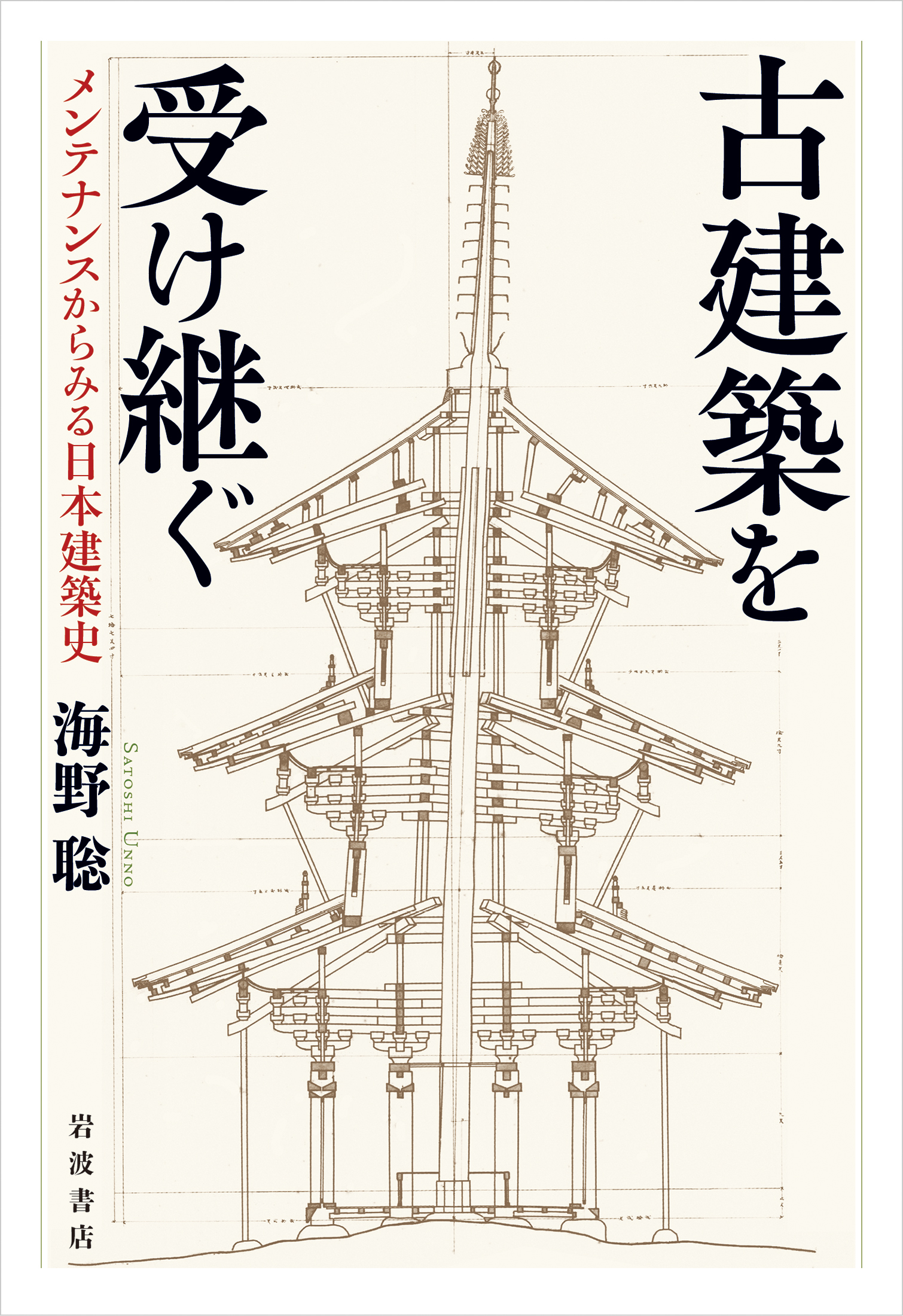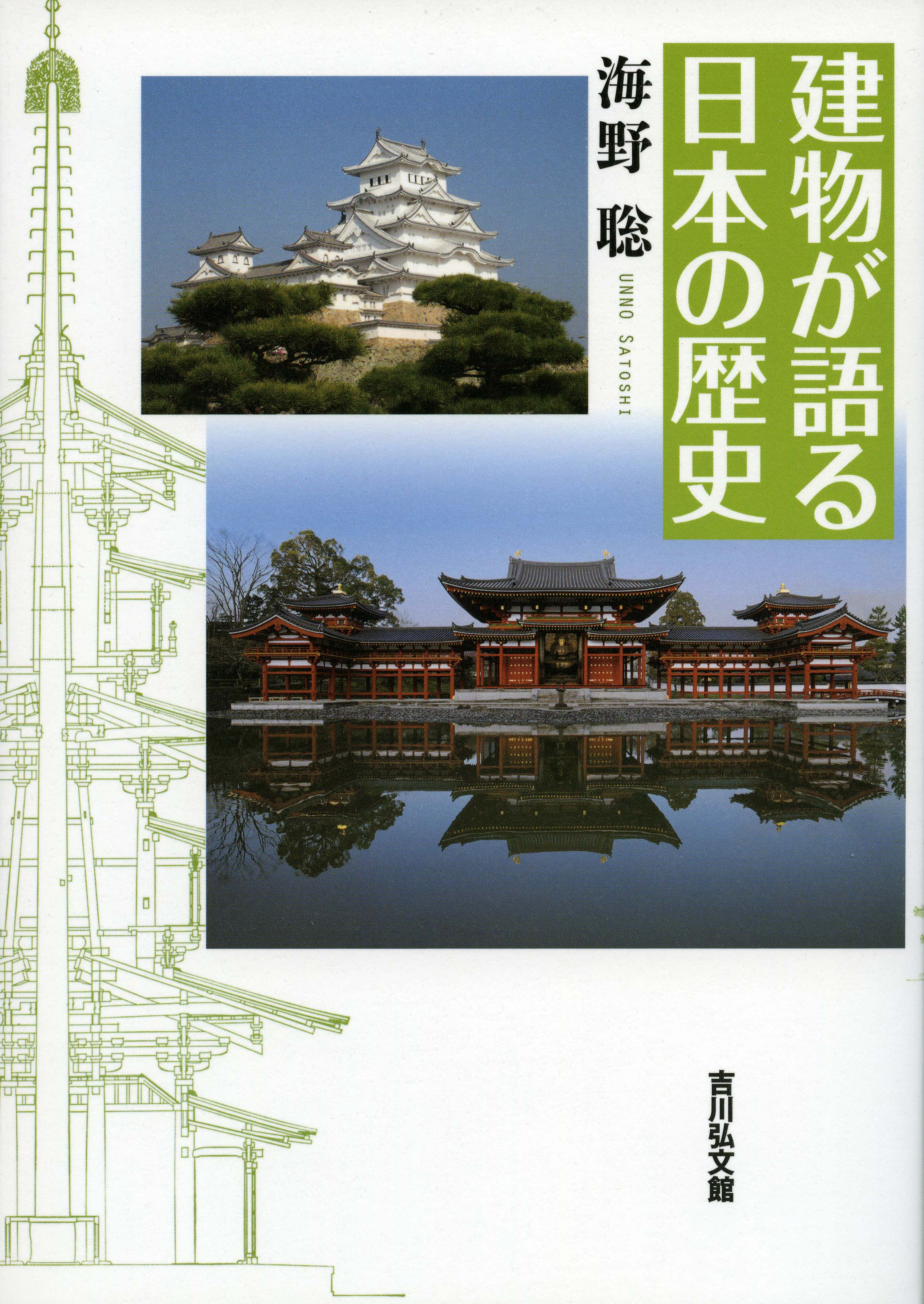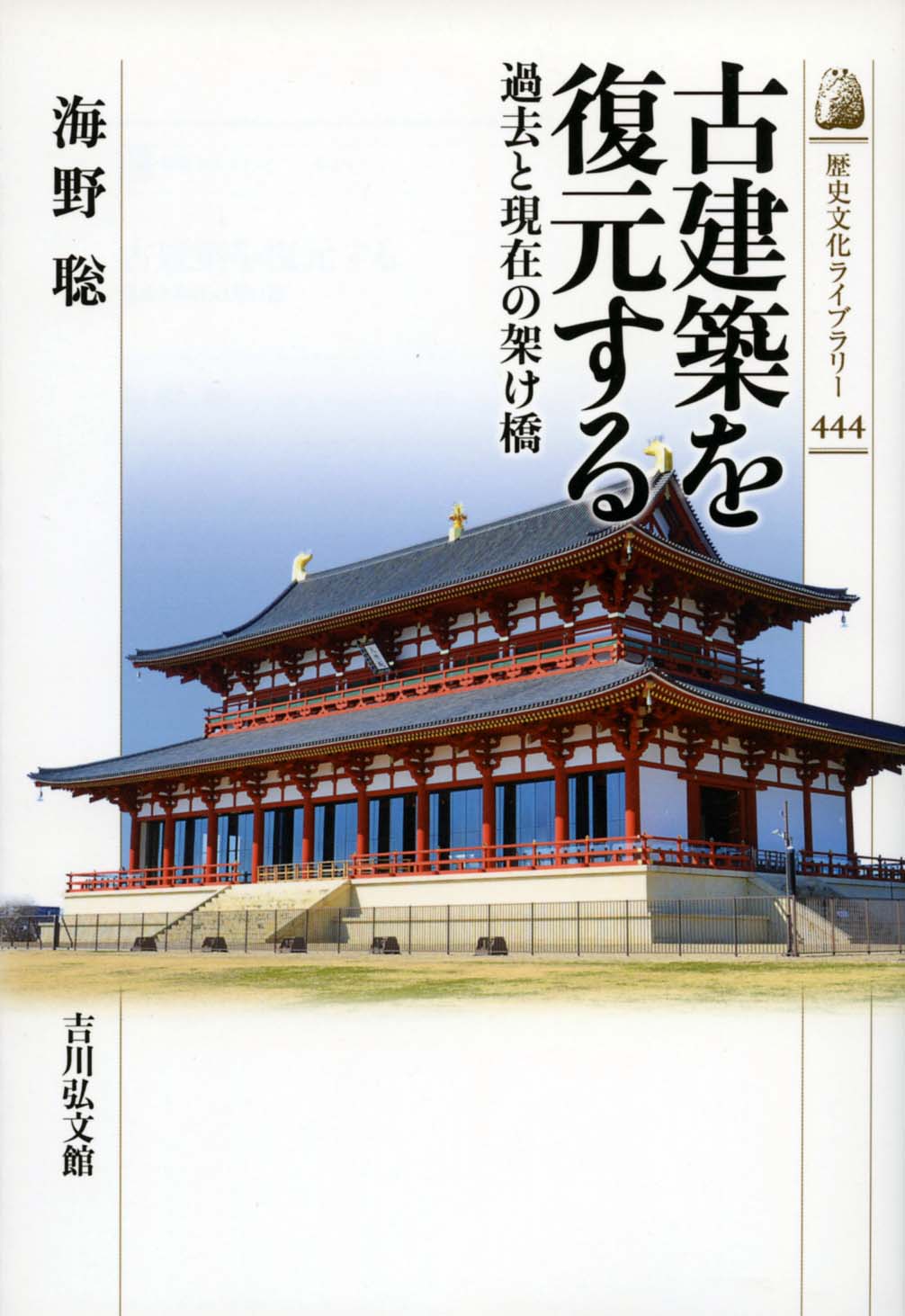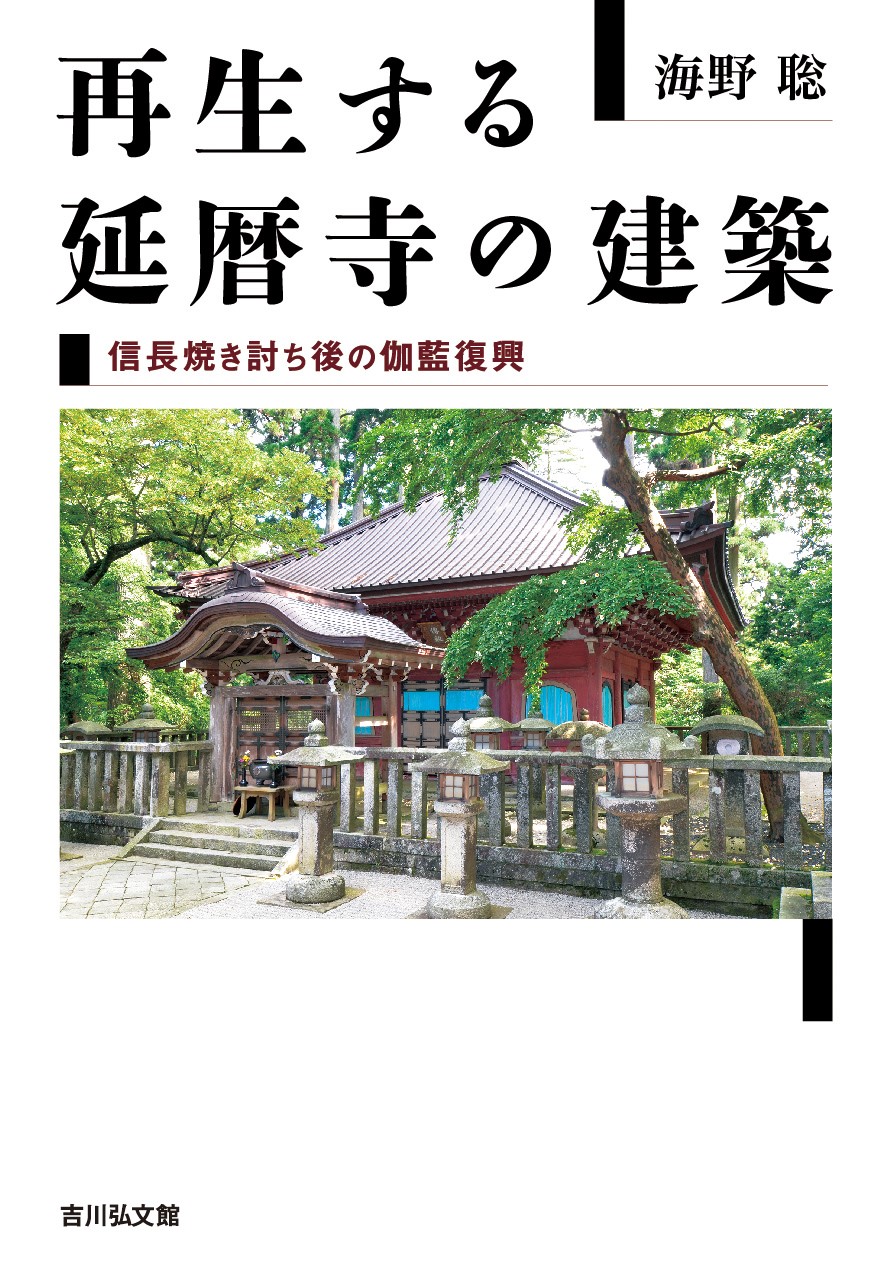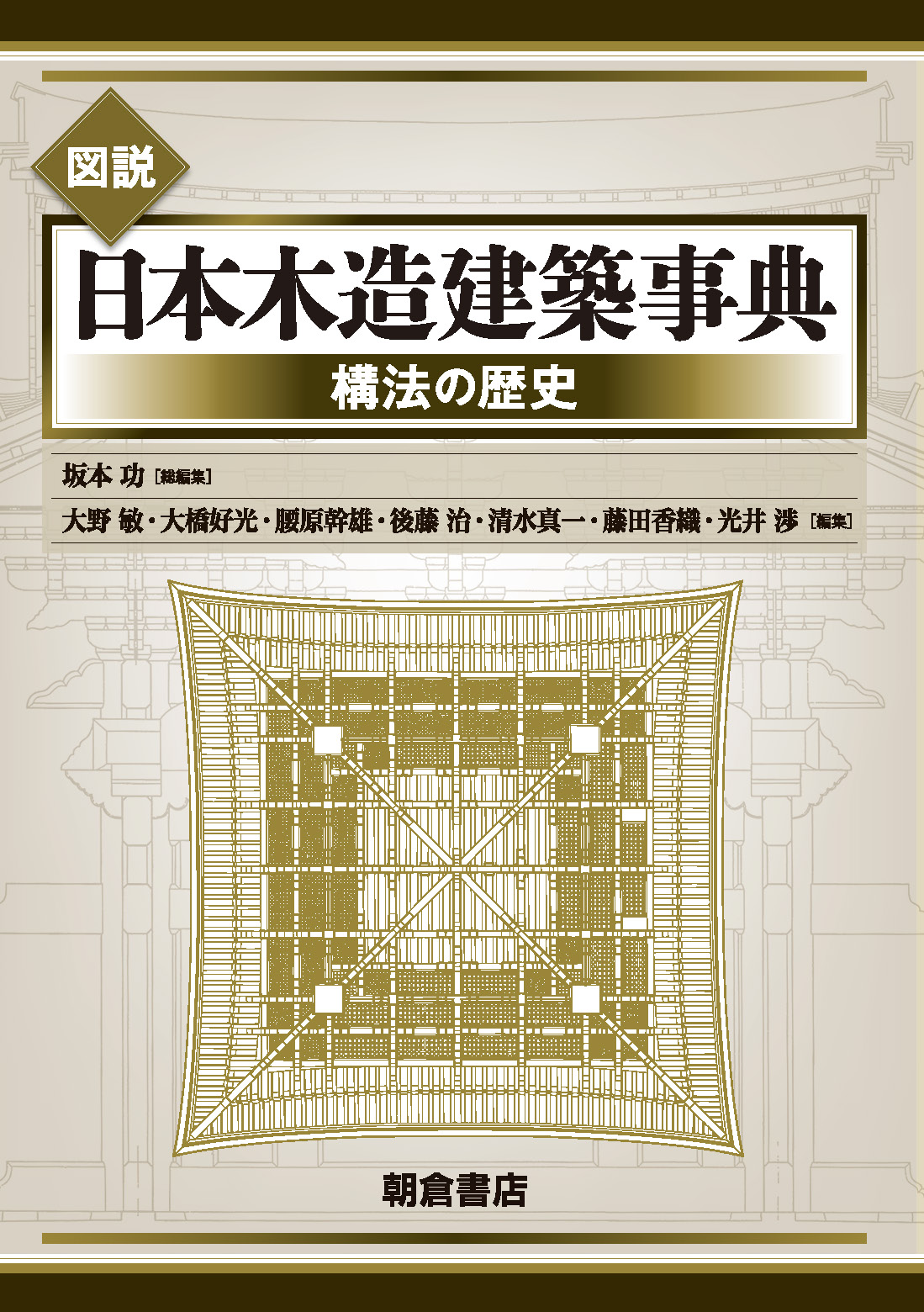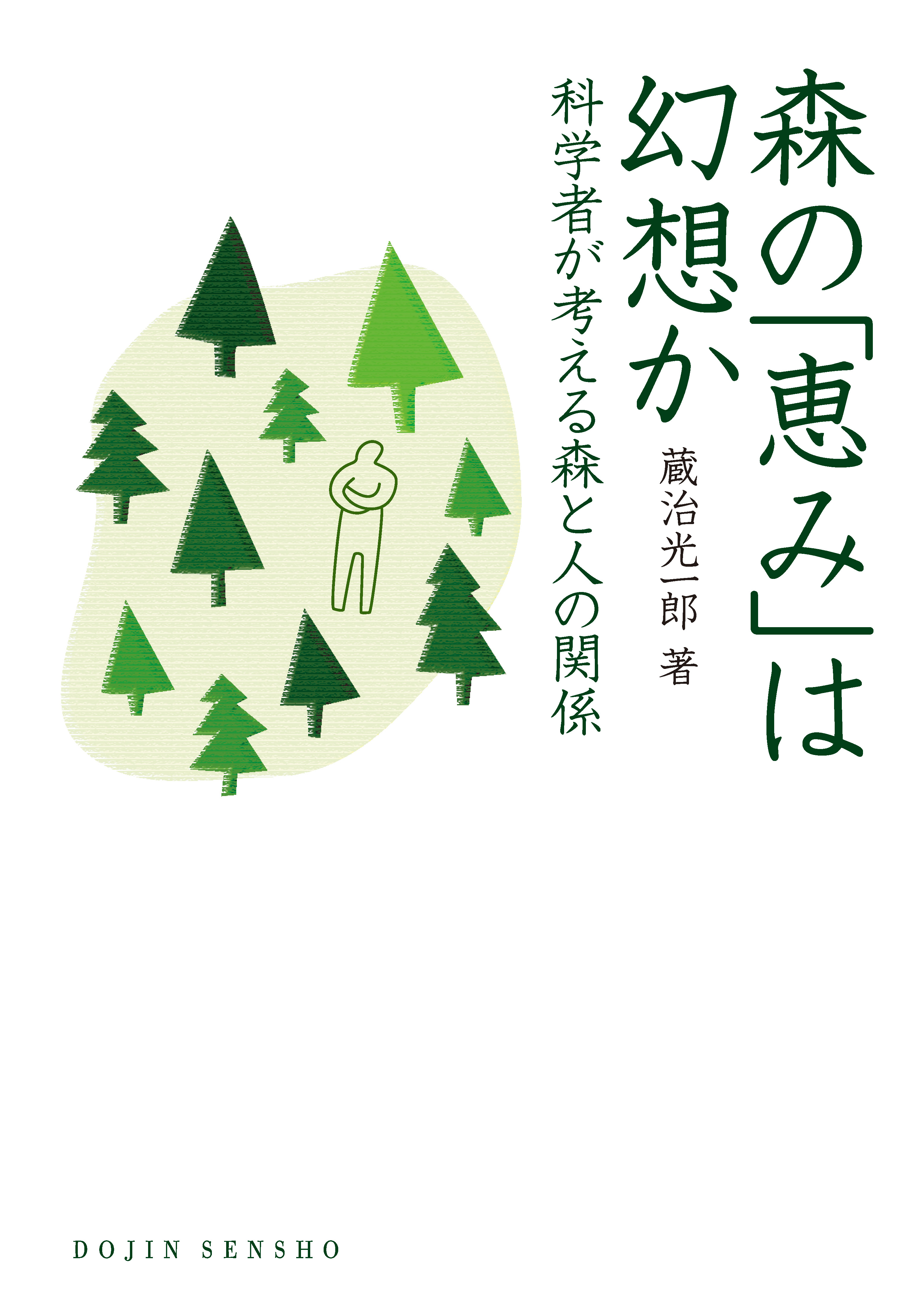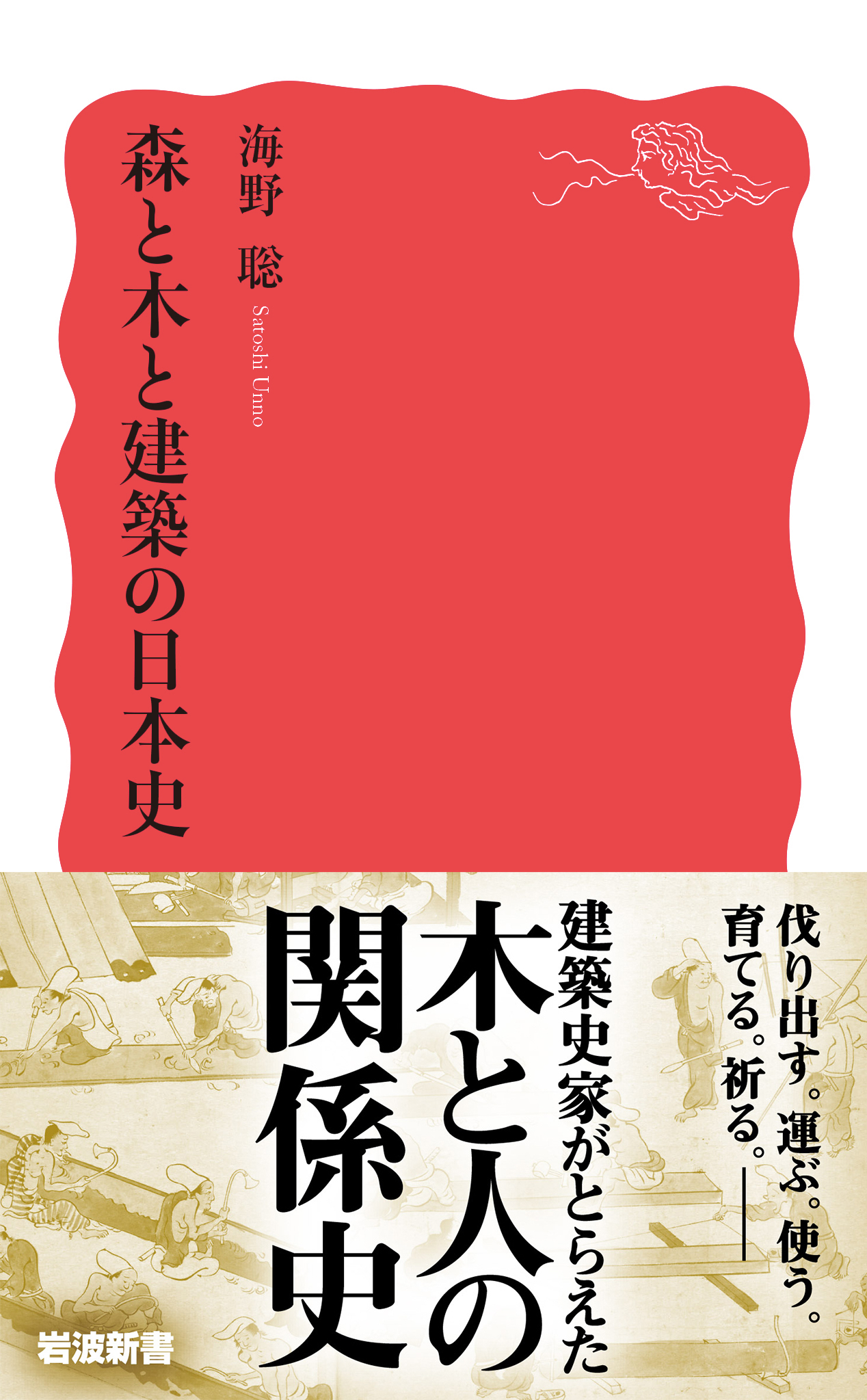
Title
Iwanami Shinsho Mori to Ki to Kenchiku no Nihon-shi (Japanese History of Forests, Trees, and Architecture)
Size
264 pages, paperback pocket edition
Language
Japanese
Released
April 20, 2022
ISBN
9784004319269
Published by
Iwanami Shoten
Book Info
See Book Availability at Library
Japanese Page
There are many wooden products surrounding us. However, have you ever wondered where this wood comes from? Large trees are used for large historical buildings, and the relationship between trees and the materials that comprise them is deep. In particular, the conversion of timber, which involves cutting lumber from logs, and the strong preference for tree species such as Japanese cypress and zelkova, transcends structural rationality and forms a unique culture in Japan. Meanwhile, the worship of large trees and ceremonial transport based on that belief can also be observed. The Onbashira Festival at Suwa Taisha Shrine is well-known. Although there are occasions when these are interpreted symbolically, the distribution of the materials themselves and the cultivation of forests in the mountains are overlooked. Therefore, this book focuses on trees, which are closely related to Japan's historical buildings, and discusses them from the perspective of the resource cycle of logging, distribution, processing, and forest cultivation.
Among timbers, large trees are necessary for large-diameter lumber, long lumber, or a combination of both. Large-diameter and long timbers are often used in ancient architecture such as Horyuji Temple. This is enabled by a rich forest environment, and the timber also reflects the forest environment. Conversely, it was difficult to secure large trees in the Middle Ages, which revealed the destruction of forests. Additionally, Japanese cypress, which is an endemic species of Japan, is suitable for building materials and used in many historical buildings. However, other tree species have also been used since the Middle Ages. Furthermore, Japanese chestnuts and cedars are used in the Tohoku region, which has exceeded the vegetation limit of Japanese cypress. This shows the relationship between tree species and regional characteristics. Moreover, the usefulness of Japanese cypress is well known in China, where it is exported. Conversely, it shows how materials imported from China were prized as materials for alcoves, and the history of exchanges in East Asia can also be seen from trees.
In the early modern period that has been through inner war-torn times, forest protection has been promoted in various places and sustainable development goals were also established. The Ryukyu, which is surrounded by the sea, requires large timbers for ships. Furthermore, forest management is being conducted according to local circumstances, and the coexistence of forests and human activities can be observed. Contrarily, currently, the use of domestic timber has fallen due to an increase in imports of foreign timber, and the forestry industry is stagnating. As a result, forest management is becoming neglected. Since trees regenerate over time, it is also possible to aim for resource recycling through logging, utilization, and reforestation by promoting the use of domestic trees.
The history of these forests, trees, and architecture is also the history of the coexistence of forests and humans. This is highly compatible with the concept of sustainability, which is exactly the philosophy of cultural heritage that Japan boasts to the world. Through this book, I would like readers to consider trees that can be regenerated over time and the forests that nurture them.
(Written by UNNO Satoshi, Associate Professor, School of Engineering / 2022)



 Find a book
Find a book


 eBook
eBook